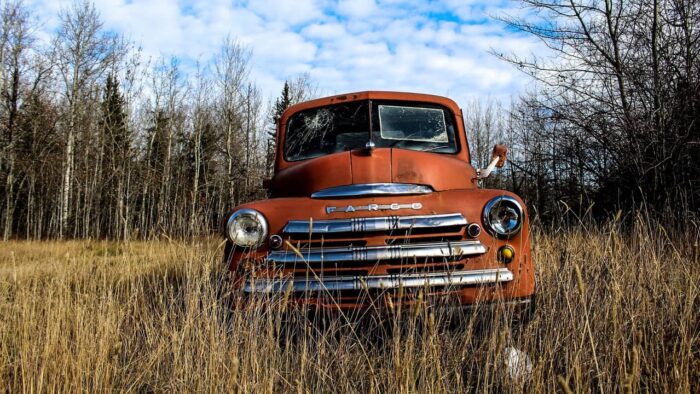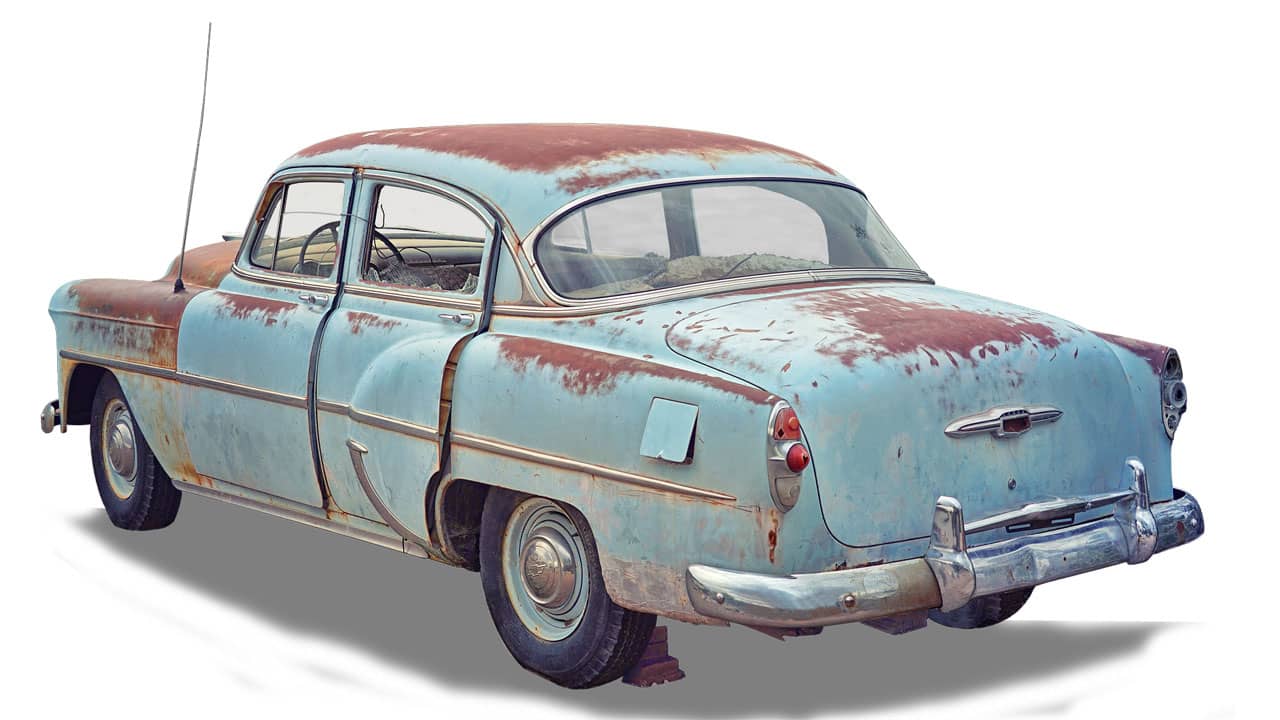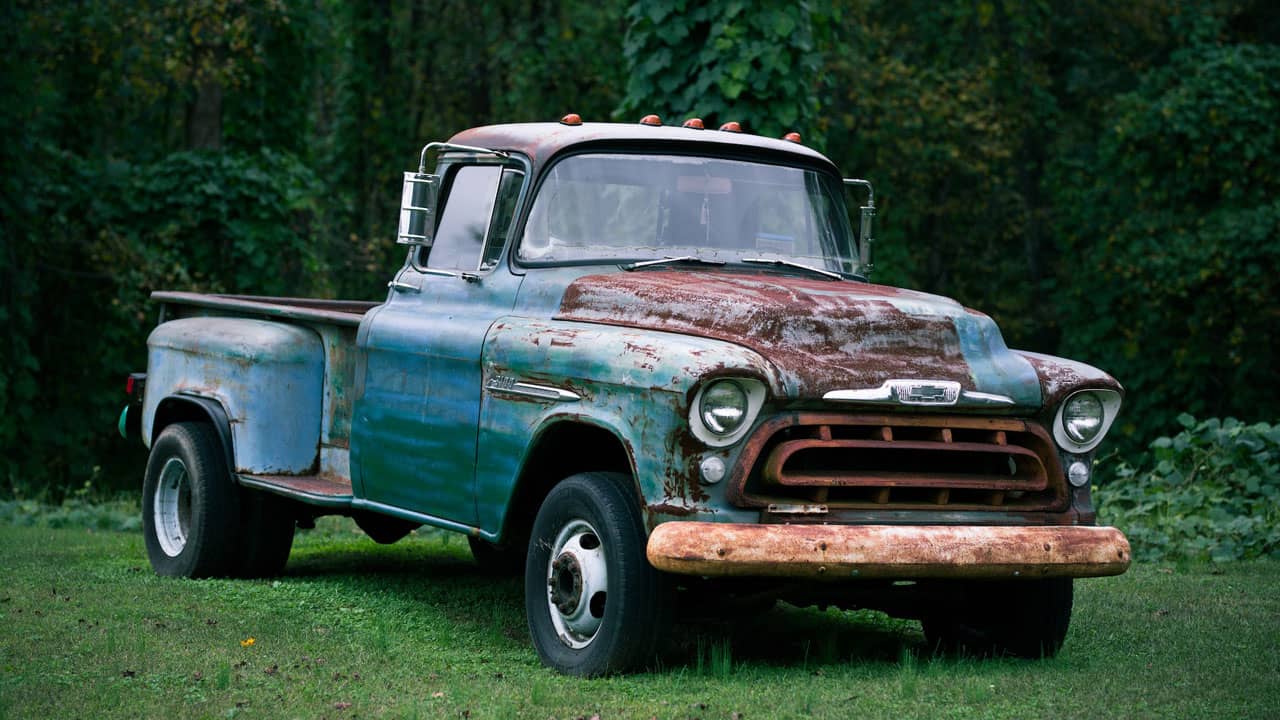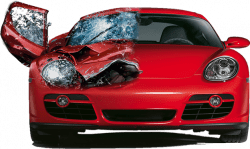Are you looking to buy a used car but aren’t sure how to check for rust? Don’t worry- it’s easier than you think! Rust can be an indicator of a car’s age, and since rust can significantly reduce the value of a car, it’s important to know how to spot it before you buy.
In this article, I’ll be discussing how to check for rust on a used car so that you can make an informed decision on your next vehicle purchase. We’ll cover how to inspect the body panels, the undercarriage, and other common areas where rust tends to form.
I’ll also discuss how to identify rust, its potential consequences of it, and how to prevent rust from forming on your vehicle.
What is Rust?
Rust on a vehicle or car is a form of corrosion that occurs when metal is exposed to water and oxygen over a period of time. Rust can damage the body of the car, as well as the frame, chassis, and engine components. It can also reduce the car’s value and cause mechanical problems. Regular waxing, polishing, and rust prevention treatments can help to protect the car from rust damage.
How Do Cars Get Rust?
Rust is a common problem for cars and other vehicles, and it can be a very costly one. Rust is caused by the oxidation of the metal in a car’s body. This oxidation happens when the car is exposed to air, water, and salt, all of which are common elements in the environment.
The oxidation process breaks down the metal molecules and creates holes in the car’s body. Over time, these holes can become larger and more severe, leading to the need for costly repairs.
Rust can be a costly problem, but with regular maintenance and care, you can help keep your car rust-free.
How To Check For Rust On A Used Car?
There are a few steps you can follow to check for rust on a used car:
- Examine the exterior of the car, paying particular attention to areas around the wheels and undercarriage, as these are prone to rust. Look for any patches of orange or red-brown color on the metal surfaces, as this could indicate rust.
- Check inside the car, including the trunk and under the carpet and seats. Rust can form in hidden areas, so it’s important to be thorough.
- Use a flashlight to get a closer look at any suspicious areas. If you see any small holes or pits in the metal, this could also be a sign of rust.
- Tap softly on the metal with a hammer or other hard object to see if it sounds hollow. If it does, this could indicate that the metal has thinned due to rust.
- Look for any bubbling or flaking paint, as this could indicate that rust is present underneath.
It’s also a good idea to have a mechanic inspection done to the car to professionally look for rust and other issues before you make a purchase. Specialists will be able to give you a more thorough and accurate assessment of the car’s condition.
Where Do Cars Rust Most?
Cars tend to rust most in areas where moisture and oxygen can come into contact with the metal. These areas include
- Underneath The Car: The undercarriage of a car is particularly prone to rust, as it is exposed to moisture from the road and can be splashed with salt and other corrosive substances during winter months.
- Around The Wheels: The wheel wells and fenders are also prone to rust, as they are frequently exposed to water and salt.
- On The Doors And Door Frames: The edges of the doors and door frames can rust due to the constant opening and closing of the doors, which can cause small chips and scratches in the paint.
On The Trunk And Hood: The trunk and hood are also vulnerable to rust, as they are exposed to the elements and can be subject to small chips and scratches. - On The Roof: The roof of a car is also susceptible to rust, especially if it is made of metal and not coated with rust-resistant material.
It’s important to keep an eye on these areas and address any rust as soon as possible, as it can quickly spread and cause significant damage to the car.
How Much Does Rust Affect Car Value?
The extent to which rust affects a car’s value can vary widely depending on the severity of the rust, the age and make of the car, and the overall condition of the vehicle. In general, rust can significantly decrease a car’s value, as it can indicate that the car has not been well-maintained and is in poor condition.
If the rust is limited to small, isolated areas and can be easily repaired, it may not have a significant impact on the car’s value. However, if the rust is extensive and affects the car’s structural integrity, it can greatly reduce the value of the vehicle.
It’s also worth noting that some buyers may be willing to pay more for a car with rust if it is a classic or rare model, as they may be willing to invest in restoration. However, in general, a car with rust is likely to be worth less than a similar car in good condition.
How To Prevent Car Rust?
There are a few steps you can take to help prevent rust on your car:
- Keep The Car Clean: Regularly washing and waxing your car can help protect the paint and prevent rust from forming. Be sure to pay particular attention to areas around the wheels and undercarriage, as these are prone to rust.
- Fix Any Dents or Scratches: If you notice any small dents or scratches on your car, it’s important to have them repaired as soon as possible. These small imperfections can create entry points for moisture, which can lead to rust.
- Store The Car Properly: If you need to store your car for an extended period of time, it’s important to do so in a dry, covered location. Moisture is one of the main causes of rust, so keeping your car dry can help prevent it from forming.
- Use Rust Inhibitors: There are a variety of rust inhibitors available that can be applied to the metal surfaces of your car to help prevent rust from forming. These products work by forming a protective barrier between the metal and the elements.
- Inspect The Car Regularly: Regularly inspecting your car for any signs of rust and addressing any issues as soon as they are noticed can help prevent the rust from spreading and causing more significant damage.
Frequently Asked Questions
Final Words
In conclusion, checking for rust on a used car is an important step in determining its overall condition and value. To check for rust, you should examine the exterior of the car, including the wheels and undercarriage, as well as the interior and any hidden areas.
You can also use a flashlight to get a closer look at any suspicious areas and tap on the metal with a hammer to check for hollow sounds. If you see any patches of orange or red-brown color on the metal, bubbling or flaking paint, or small holes or pits in the metal, these could all be signs of rust.
It’s also a good idea to have a mechanic inspect the car for rust and other issues before making a purchase. By following these steps, you can get a better understanding of the car’s condition and whether it is worth buying.









